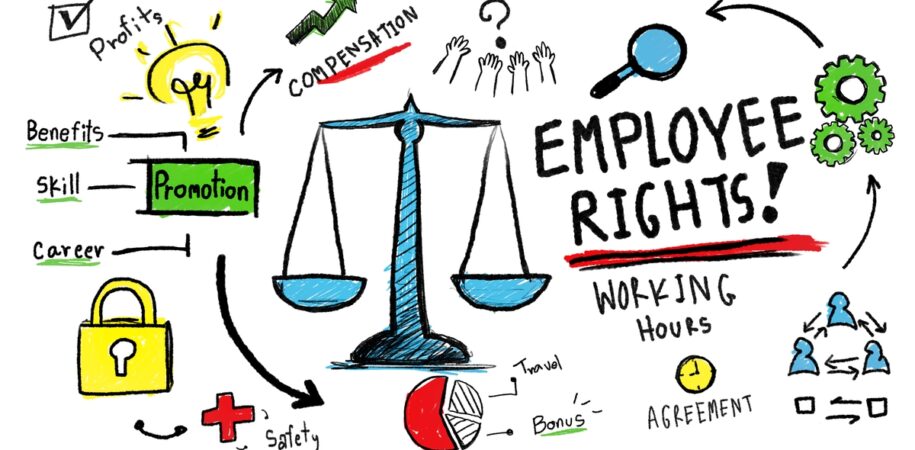
General protection claims
General Protections Claims under the Fair Work Act 2009 (Cth): What You Need to Know The Fair Work Act 2009 (Cth) (the FW Act) provides employees across Australia with a broad range of workplace protections. Among these, the General Protections provisions are some of the most powerful. They protect employees and prospective employees from adverse […]
Read More

